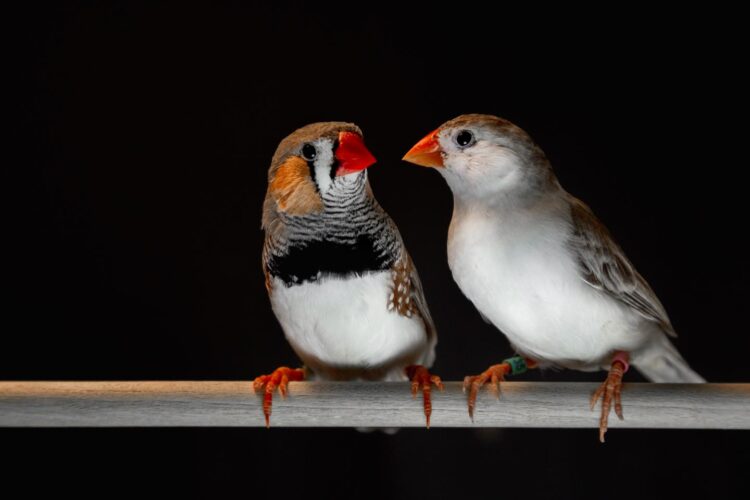For both songbirds and humans, the longer the phrase the shorter the sounds
If you listen to songbirds, you will recognize repeated melodies or phrases. Each phrase is made up of distinct sounds, strung together. A study from researchers at McGill University has found that the song phrases of many songbird species follow patterns that are similar to those used in human speech. At least in some respects.
The songbirds the researchers studied, like humans—no matter what language they speak—tend to use shorter elements (whether these are words or sounds) when they are putting together longer phrases. Linguists speculate that this pattern, known as Menzerath’s Law, may make communication more efficient by making things easier to understand or say.
But the McGill team suggest that, at least in songbirds, physical factors such as muscle fatigue and limited lung capacities may also play a role. They also speculate that similar factors could contribute to seeing Menzerath’s Law in humans.
Do physical elements play a role in songbird (and human) vocal patterns?
“Although we see Menzerath’s Law in all the songbird species we looked at, and others have seen it among primates and penguins, we aren’t sure this necessarily reflects enhanced communication efficiency in non-human animals,” said Jon Sakata, a professor in McGill’s Biology Department and the senior author on the paper that was recently published in Current Biology. “It is possible that these patterns of communication that we saw in songbirds are caused by physical predispositions and constraints.”
Interestingly, Sakata also notes that the brain mechanisms regulating breathing and vocal muscles seem to be organized in similar ways in birds and humans.
Even song from untutored birds follow similar patterns
The idea that physical elements may play a role in these song patterns is supported by the fact that when the researchers compared the song patterns of birds that had been typically reared and tutored by their parents with those that had not been taught to sing by their parents (untutored birds), they found the same patterns.
“The individual units of sound made by untutored birds were very different from those made by the typically raised birds,” said Logan James, the first author on the paper and a former PhD student in Professor Sakata’s lab, now a post-doctoral Fellow at the University of Texas at Austin. “However, the ‘rules’ by which they organize these aberrant elements is indistinguishable from typically raised birds. These results suggest that physical predispositions or limitations may play a role in producing these song patterns.”
Further work will need to be done in this area to see whether this is indeed the case. For example, work linking species variation in the strength of Menzerath’s Law to species variation in the biomechanics of vocal production would be a useful next step.
###
The research was funded by the Natural Sciences and Engineering Research Council of Canada, MEXT/JSPS KAKENHI, the Centre for Research on Brain, Language and Music, and a Heller award.
To read: James et al., “Phylogeny and mechanisms of shared hierarchical patterns in birdsong” in Current Biology
DOI: 10.1016/j.cub.2021.04.015
About McGill University
Founded in Montreal, Quebec, in 1821, McGill University is Canada’s top ranked medical doctoral university. McGill is consistently ranked as one of the top universities, both nationally and internationally. It is a world-renowned institution of higher learning with research activities spanning two campuses, 11 faculties, 13 professional schools, 300 programs of study and over 40,000 students, including more than 10,200 graduate students. McGill attracts students from over 150 countries around the world, its 12,800 international students making up 31% of the student body. Over half of McGill students claim a first language other than English, including approximately 19% of our students who say French is their mother tongue.
Contact:
Katherine Gombay
Media Relations Office, McGill University
1 (514) 717-2289
[email protected]
http://www.
Subscribe to receive news about McGill’s experts and research
Visit the McGill Newsroom for more information
Follow McGill on Twitter
Media Contact
Katherine Gombay
[email protected]
Related Journal Article
http://dx.





